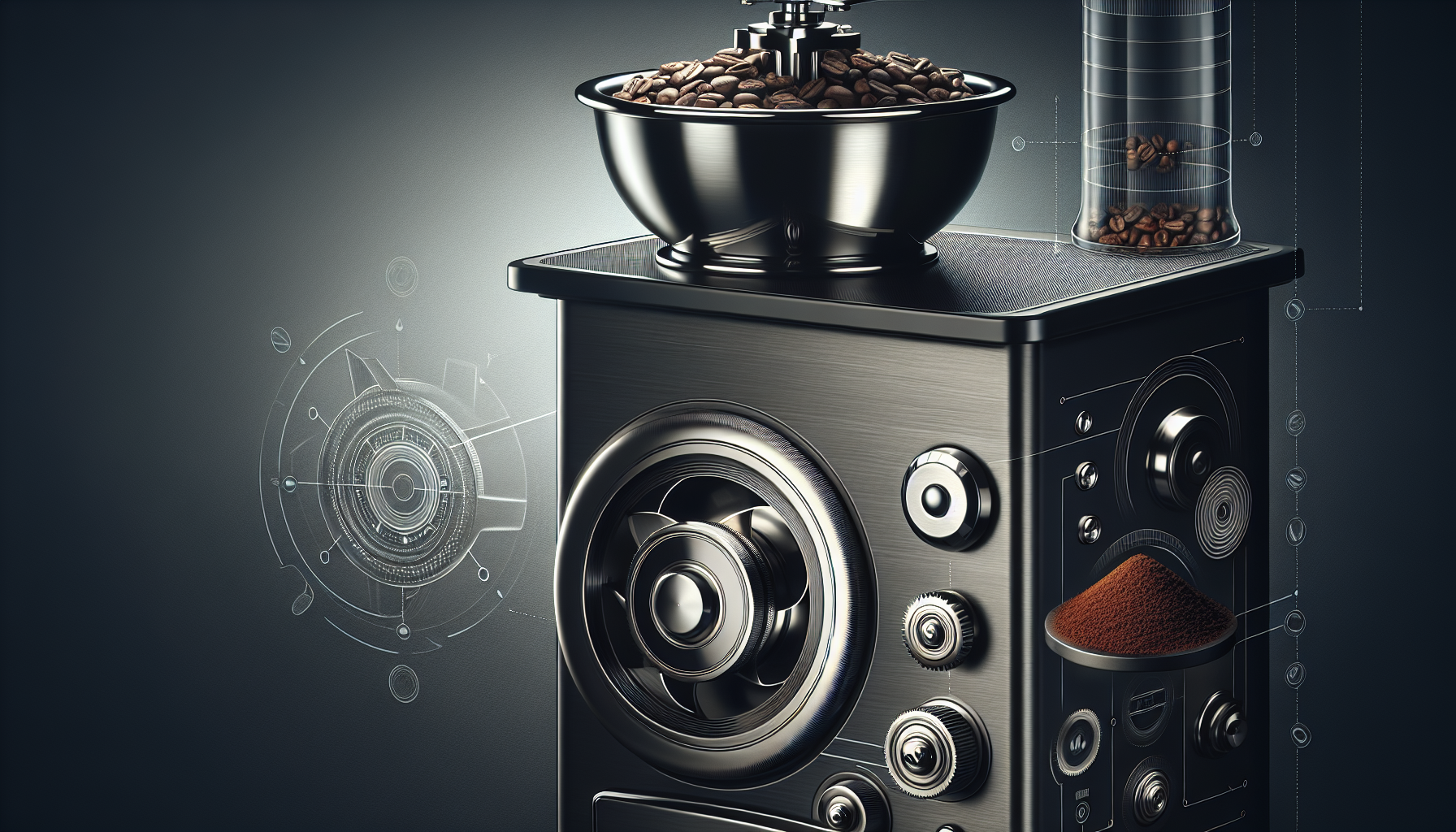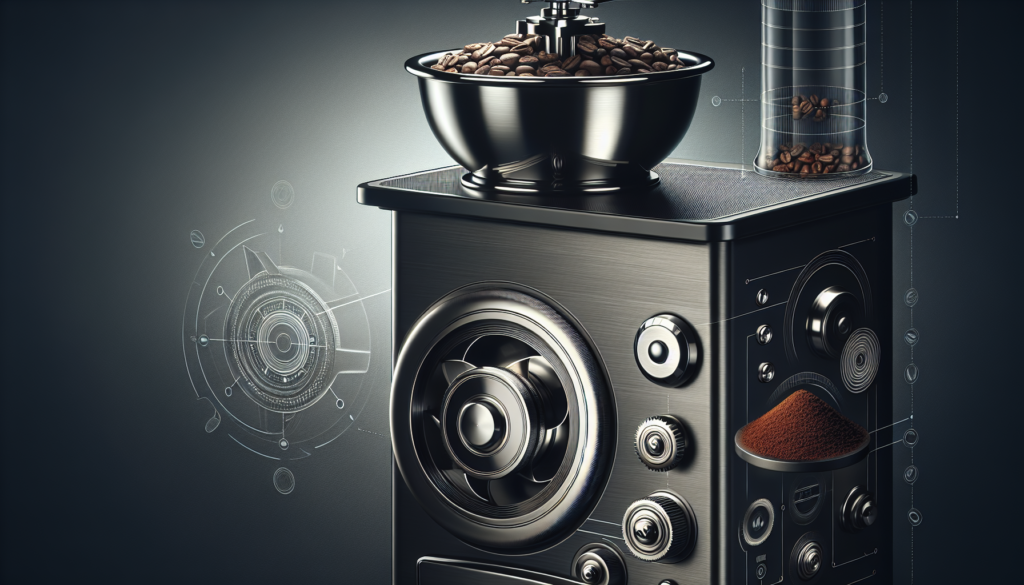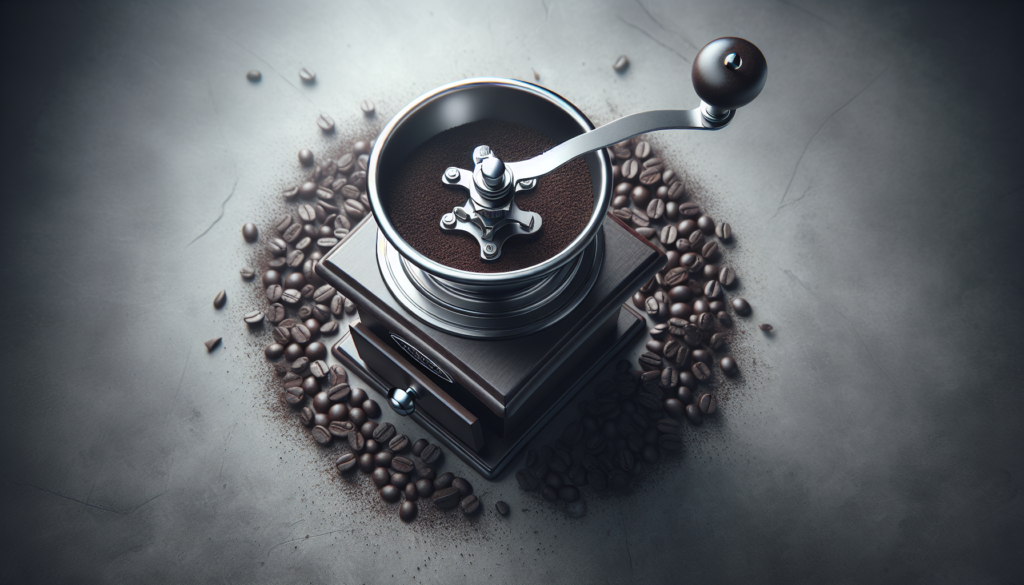
Whether you start your day with a strong espresso or unwind with a soothing cup of cappuccino in the evening, the quality of your coffee relies heavily on a well-maintained grinder. Your coffee grinder, like any other piece of equipment, requires regular care to ensure its longevity and consistent performance. In this article, we will explore the essential steps you can take to keep your coffee grinder in top shape, allowing you to enjoy a fresh, flavorful brew every time. So grab your favorite mug and get ready to elevate your coffee experience to new heights!

Choosing the Right Coffee Grinder
Finding the perfect coffee grinder is essential for achieving the best cup of coffee. There are several options to choose from, but three main types of coffee grinders dominate the market: burr grinders, blade grinders, and manual grinders. Each type has its own unique characteristics and benefits, so it’s important to understand the differences before making a decision.
Burr Grinders
Burr grinders are widely regarded as the gold standard when it comes to coffee grinding. They offer precise control over grind size, resulting in consistent grounds that are ideal for any brewing method. Burr grinders work by crushing coffee beans between two burrs, one stationary and one rotating. This process ensures a uniform grind size and preserves the coffee’s flavor and aroma.
Another advantage of burr grinders is their versatility. They usually have a wide range of grind settings, allowing you to adjust the coarseness or fineness to suit your brewing preference. Whether you’re making a French press or an espresso, a burr grinder can give you the perfect grind consistency.
Blade Grinders
Blade grinders, on the other hand, are more affordable and readily available. These grinders use a spinning blade to chop the coffee beans into smaller pieces. While they are convenient and easy to use, blade grinders are notorious for producing inconsistent grind sizes. The uneven grounds can lead to over-extraction or under-extraction, affecting the taste and quality of your coffee.
Despite their limitations, blade grinders can still be a reasonable option for beginners or those on a tight budget. Just keep in mind that the lack of grind consistency may impact the overall taste and flavor of your coffee.
Manual Grinders
For those seeking a hands-on coffee grinding experience, manual grinders offer a nostalgic way to grind coffee beans. These grinders are typically compact, portable, and easy to use. By manually turning a crank, you can grind your coffee beans to your desired consistency.
Although manual grinders require some effort and time, they provide you with complete control over the grinding process. You can adjust the grind size to achieve a perfect extraction for your preferred brewing method. Additionally, manual grinders are quieter than electric grinders, making them a great option for those who value a peaceful morning routine.
Cleaning and Maintenance
To ensure the longevity and consistent quality of your coffee grinder, regular cleaning and maintenance are crucial. Over time, coffee oils and residue can accumulate, affecting the flavor and performance of your grinder. By following these cleaning and maintenance practices, you can keep your grinder in optimal condition.
Daily Cleaning
Performing daily cleaning routines will prevent the buildup of oils and coffee particles in your grinder. Start by unplugging the grinder and removing any remaining coffee beans from the hopper. Use a small brush or a soft cloth to wipe away any loose grounds and debris. Pay attention to hard-to-reach areas, such as crevices around the blades or burrs.
After cleaning the visible parts, it’s essential to focus on the coffee bean hopper and the collection container. These components often trap oils and residual grounds. Wash them with warm soapy water and rinse thoroughly. Make sure to dry them completely before reassembling the grinder.
Deep Cleaning
In addition to daily cleaning, performing a deep cleaning session at least once a month is highly recommended. This involves disassembling your grinder and thoroughly cleaning each part. Refer to the manufacturer’s instructions for specific disassembly guidelines.
Fill a bowl or sink with warm soapy water and soak the grinder parts for a few minutes. Use a brush or a cloth to gently scrub away any stubborn residue. Avoid using harsh chemicals or abrasive materials that could damage the grinder’s components. Rinse the parts thoroughly and let them air dry before reassembling the grinder.
Cleaning the Burrs
The burrs are the heart of your burr grinder, so it’s essential to keep them clean and free from any buildup. Regular cleaning of the burrs will ensure optimal grinding performance and prevent any potential contamination of flavors.
To clean the burrs, begin by removing them from the grinder according to the manufacturer’s instructions. Use a small brush or toothbrush to carefully remove any coffee grounds or debris. Be gentle to avoid damaging the burrs.
For a more thorough cleaning, consider using a grinder-cleaning tablet or a mixture of rice and vinegar. Follow the instructions provided by the manufacturer or consult a professional for the best cleaning method for your specific grinder.
Cleaning the Hopper and Collection Container
The coffee bean hopper and the collection container should be cleaned regularly to prevent the accumulation of oils and residue. Wash them with warm soapy water and rinse them thoroughly. Dry them completely before reassembling the grinder. Be careful not to submerge any electrical components in water or expose them to excessive moisture.

Calibrating Your Grinder
Calibrating your grinder is an essential step to ensure a consistent grind size and optimal extraction. By calibrating your grinder, you can adjust the grind settings to match the specific brewing method or coffee bean characteristics you’re working with. Here’s how you can calibrate your grinder effectively.
Why Calibrating is Important
Calibrating your grinder is crucial because different brewing methods require different grind sizes. For example, a French press requires a coarser grind, while an espresso machine demands a much finer grind. By calibrating your grinder, you can achieve the desired grind size for your brewing method, resulting in a balanced and flavorful cup of coffee.
Determining the Correct Grind Size
To determine the correct grind size for your brewing method, you can rely on a few general guidelines. For a French press, a medium to coarse grind is ideal. Drip coffee makers typically call for a medium grind, while espresso machines require a fine to very fine grind. However, it’s important to note that different factors, such as bean freshness and personal taste preferences, can influence the optimal grind size.
Adjusting the Grind Settings
Most grinders offer a range of grind settings that allow you to adjust the coarseness or fineness of the coffee grounds. Refer to the manufacturer’s instructions to understand how to adjust the grind settings on your specific grinder. Start with a medium setting and make small adjustments from there, testing each grind size until you find the perfect balance for your brewing method.
Keep in mind that achieving the correct grind size may require some trial and error. Take notes on your adjustments and the taste of the resulting brew. This will help you dial in the perfect grind size for future brewing sessions.
Avoiding Common Mistakes
To ensure the best results from your coffee grinder, it’s important to avoid common mistakes that can negatively impact the taste and quality of your coffee. By being mindful of these potential pitfalls, you can enjoy a consistently delicious cup of coffee every time.